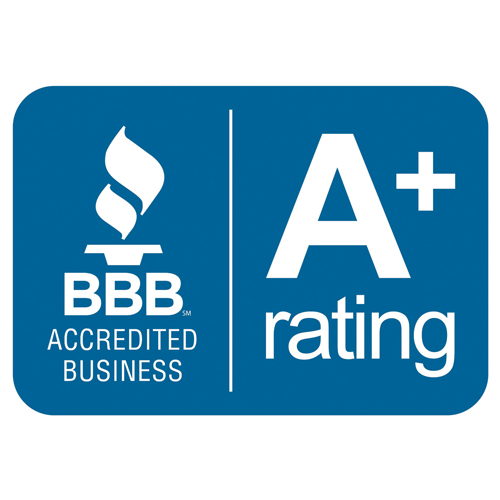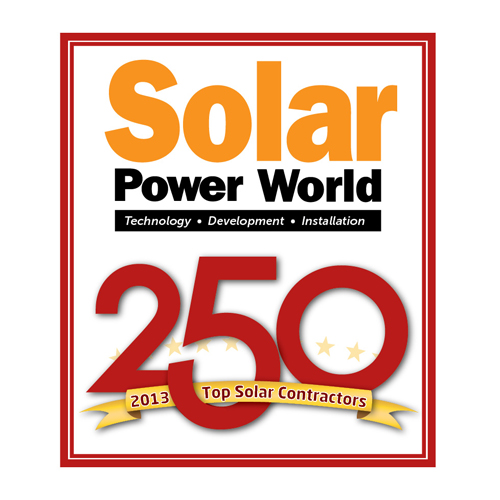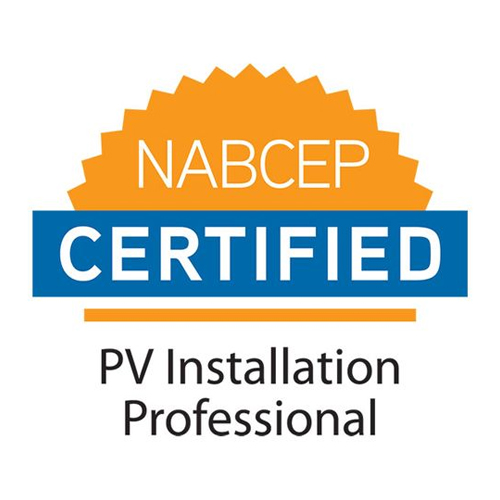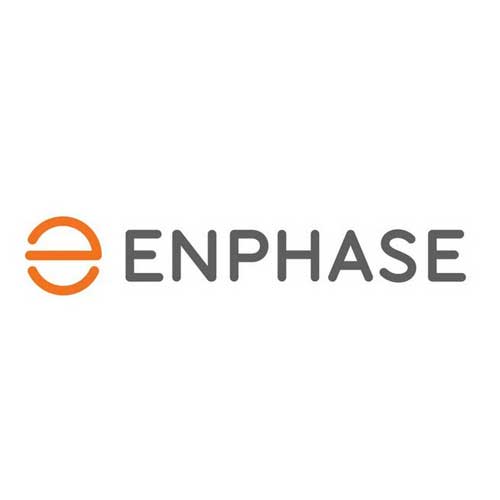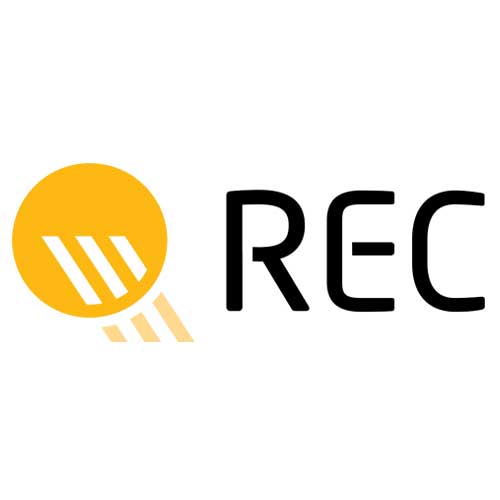What Is The Return On Investment For Solar Panels?
Investing in solar panels can be a great way to save money on your energy bills and reduce your carbon footprint. But before diving into this big investment, it is important to understand the return on investment (ROI) for solar panels. This article will take a deep dive into what you need to know about solar panel ROI, including: how long it typically takes for the system to pay for itself, what kind of savings you should expect, and how to maximize your solar panel ROI.
To begin with, the general rule of thumb when it comes to solar panel ROI is that most systems will not be paid off until after about 10 years. This assumes an average system size of 5 kW and installed cost of $20,000 – although this figure can vary significantly depending on the specifics of the installation and chosen components. However, this 10 year period is just an estimate – some people have reported payback times as short as three years or less!
What Is The Return On Investment For Solar Panels?
The return on investment (ROI) of a solar panel installation is the average amount of money that a homeowner will receive from their solar panels over the lifetime of the system. This amount can vary greatly depending on the size and type of system, as well as other factors such as location, incentives and financing options. To determine an estimated ROI for a particular home, several factors must be taken into consideration.
The most important factor in determining the ROI for solar panels is the cost to install them. Most installations range between $15,000 and $20,000 with additional costs potentially associated with labor and utility hook ups. It is important to note that although this seems like a large upfront cost, homeowners can often take advantage of governmental or utility-based rebates and/or tax credits that may reduce this cost significantly.
The second major factor in determining ROI is energy production or capacity. Generally speaking, larger systems produce more energy than smaller ones due to increased capacity and efficiency rating. With that being said, it is important for homeowners to understand the electricity needs for their home in order to accurately determine how much capacity they need from their solar panel installation.
How Much Money Can You Make By Installing Solar Panels?
There’s no doubt that solar energy is on the rise – in fact, it’s one of the fastest-growing forms of renewable energy. And with good reason: Solar panels provide a reliable and sustainable source of electricity, and they’re incredibly affordable to install. That said, there are a few things to keep in mind before you start installing solar panels.
First, let’s talk about how much money you can make by installing solar panels. The average person who installs solar panels can expect to save between $2,000 and $7,000 over the lifetime of their system. This doesn’t take into account any tax breaks or other incentives that may be available in your area.
Another important consideration is your return on investment (ROI). Your ROI will depend on a number of factors – such as the cost of the solar PV system, your location (Hawaii has some great incentives), and your usage habits. However, generally speaking, people can expect to see an ROI in the range of 10% to 20%. That means that if you invest $10,000 in a solar PV system, you could potentially earn back as much as $1,000 to $2,000 over the lifespan of your system.
Finally – and this is important – remember that installing solar panels isn’t just about making money; it’s also about saving money on your energy bills! By switching to clean energy sources like solar panels, you’re helping protect our environment and improving your quality of life at the same time! So whether you’re looking for ways to make extra cash or just want to do something helpful for our planet overall – consider investing in some homegrown sunshine…
When you think about going green, solar panels are a natural choice. Not only are they environmentally friendly, but they also offer a great return on investment. In fact, according to research by the National Renewable Energy Laboratory (NREL), solar panels have the potential to pay for themselves in as little as eight years – and sometimes sooner!That’s right – solar panels can decrease your monthly electricity bill by as much as 30%, which can add up to big savings over time. Not only that, but solar panels also increase the value of your home. In some cases, they can increase the value of your home by up to 50%. That means that you could be making money while helping the environment at the same time!If you’re interested in learning more about solar panels and their return on investment, check out our blog post on the subject. In addition, we’ve put together some helpful tips on choosing a solar panel system for your home. Finally, if you have any questions about installing or using solar panels in your home, don’t hesitate to contact us!
What Is The Return On Investment For Solar Panels?
Investing in solar energy has become increasingly popular in recent years as more and more people look to capitalize on the cost savings of renewable energy. Solar panels are an attractive option for those who want to reduce their carbon footprint while also saving money. While there are a number of factors that influence the return on investment (ROI) of solar panels, it’s important to understand what they are before making a decision. In this article we will explore some of the primary benefits associated with installing solar panels, as well as how to calculate your own potential ROI.
First and foremost, it is important to understand that investing in solar energy requires an upfront cost. These costs can vary depending on the type and size of the system, but generally include the cost of purchasing and installing the panels themselves, any necessary mounting hardware or other components, and any applicable taxes or fees. Though these initial costs may seem high at first glance, it’s important to remember that they will be offset over time by reduced electricity bills and other savings related to switching from traditional power sources to renewable energy sources.
Do Solar Panels Have ROI?
There’s no doubt that solar panels are a great way to save money on your electric bill. Not only do they help to reduce your carbon footprint, but solar panels have an ROI of 9.8 percent. That means that for every dollar you invest in solar panels, you will get back $0.98 in the form of savings on your electric bill over a period of seven years.
1) Cost savings: Installing solar panels reduces your electricity bills by taking advantage of free sunlight as your power source. Depending on where you live and how much sunlight your area receives, you could save anywhere from 10-50% on your electricity bill each month. This means you can recoup your initial investment within two to five years and then start reaping profits over time. Plus, because you produce free electricity after the payoff period has ended, these savings will continue for decades.
2) Tax credits and incentives: Depending on where you live, there may be governmental rebates or tax credits available to help offset the cost of installation. Additionally, some utility companies offer performance-based incentives for customers who produce their own energy – meaning they will pay you for electricity generated by your system!
3) Increase in property value: Homeowners often see a significant rise in their home’s market value when they install solar panels due to their attractive aesthetic appeal and efficiency benefits associated with using green energy sources. On average, homes with rooftop solar systems sell at higher prices than comparables without them – making them an attractive option for potential buyers.
4) Low maintenance costs: Solar systems require minimal maintenance thanks to their durable construction materials and reliable technology. Most experts recommend doing yearly check-ups to ensure everything is running smoothly but other than that there isn’t much else that needs to be done! This means your system should last 25+ years with little effort from you – providing a long-term ROI that keeps on giving back over time.
The Effect Of Solar Panels On The Environment
One of the primary advantages of using solar panels is that they have no direct emissions or pollutants associated with their operation, making them one of the cleanest sources of energy available. This means that using solar panels reduces air pollution and helps reduce a facility’s carbon footprint by reducing greenhouse gas emissions. Solar energy does not contribute to climate change or global warming in any way; in fact, it actually helps combat these issues by reducing the amount of carbon dioxide released into the atmosphere.
The installation of solar panels also uses up less land than other kinds of electricity generation methods such as coal power plants or natural gas-powered turbines. With this in mind, it’s possible to have larger fields dedicated solely to solar power without interfering with other land uses such as farming, grazing, or habitation. This highlights another benefit of using solar energy—it can help conserve land for agricultural or recreational purposes while still providing a reliable source of electricity.
Solar panels also benefit wildlife by providing an alternative source of electricity that does not produce hazardous waste and pollutants like some traditional power sources do. As a result, local flora and fauna can thrive without being negatively impacted by dangerous levels of radiation or toxic chemicals that may be generated when operating a coal-fired power plant or nuclear reactor.
How Much Does Solar Panels Save Money?
When it comes to saving money, there’s nothing like a good solar panel system. Solar Panel systems have an estimated break- even point of 4- 6 years, meaning that you will save money on your electrical bills through this system. Solar panels will save you an average of $84 per month, or $1,008 per year. That’s a lot of money in the long run!
Another great benefit of installing solar panels is that they increase the value of your home by an average of $15,000. This is because solar panels are one of the most reliable forms of energy and tend to last for many years – even decades in some cases. In addition, installing solar panels helps reduce your carbon footprint by 1.5 metric tons/year. This means that you’re helping to reduce global warming and climate change at the same time!
Finally, solar panels can help make you more self-sufficient when it comes to your electricity needs. By being less reliant on the grid – or even completely off- grid – you’re reducing your vulnerability to outages and other disruptions in service. Plus, by having solar panels installed on your property, you’re taking control of your energy future and becoming more involved in the sustainability movement.
How Do You Calculate ROI In Solar Panels?
The most basic calculation for understanding solar panel ROI involves comparing the cost of investing in solar panels versus the estimated savings from reduced energy bills during the life of the system. This calculation should include all costs associated with installing, maintaining and owning a home solar system including upfront costs such as purchasing and installation fees, expected incentives or rebates, long-term maintenance costs, insurance premiums, rate hikes or other changes to electricity prices. The estimated savings will depend on how much electricity is being used (this can be estimated by looking at current electricity bills), how much energy is generated by the panels (which depends on several different variables such as weather patterns), and any potential additional revenue from selling excess generated electricity back to utility companies through net metering arrangements.
In addition to this basic calculation, there are more advanced ways to estimate ROI when it comes to solar Panel installations. For example, Payback Period calculations are often used which measures how many years it takes for accumulated savings from reduced energy bills to recoup total investment costs for an installed solar system. This method works by dividing total project cost by annual cash flow saved which gives an indication of how quickly you would benefit financially from an installed system. Other calculations popularly used include Internal Rate of Return (IRR) which take into account the time value of money; Levelized Cost of Energy (LCOE) which compares lifetime project costs versus lifetime energy production; and Net Present Value (NPV) which takes into account discounted future cash flows relative to today’s dollars when evaluating proposed projects.
In Summary
In conclusion, there are many factors that come into play when calculating the total return on investment for solar panels in any given area–from local incentives and regulations to equipment quality and financing options–so make sure you do plenty of research before making any investments so that you can maximize your savings from going green with clean energy!
If you’re thinking about going solar, the best way to ensure a good ROI is to work with a reputable solar installer who can help you navigate the process and take advantage of available incentives.

